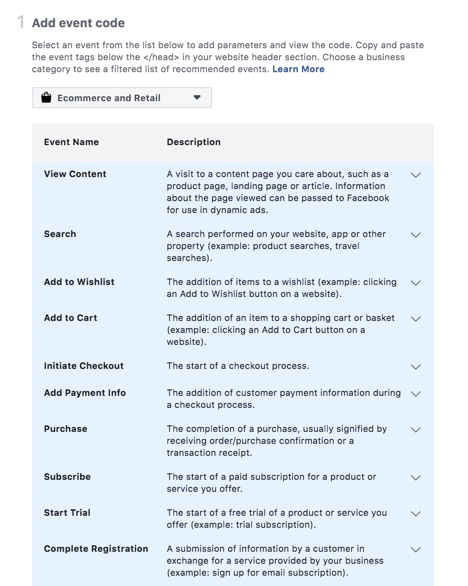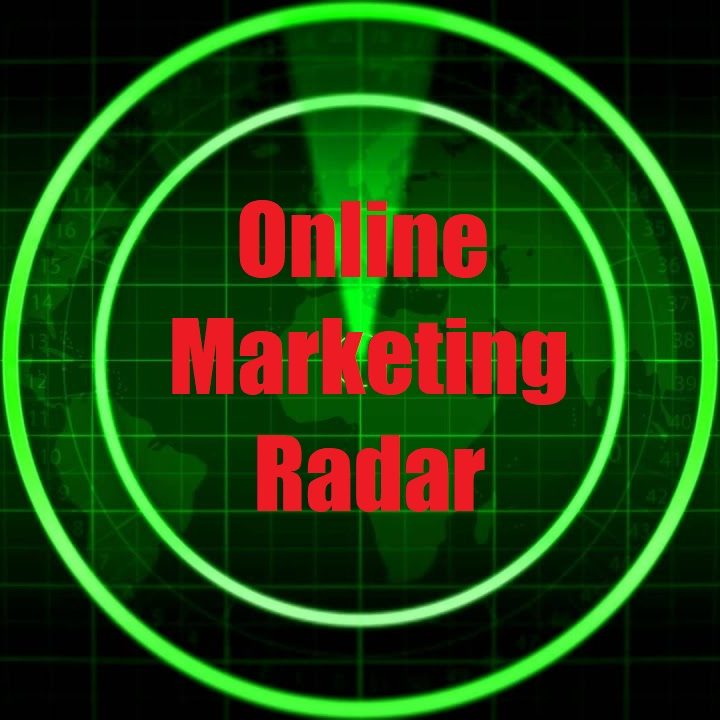Facebook has evolved significantly since the platform opened to advertisers in 2007. It is one of the oldest advertising platforms for companies and continues to grow, with seven million active advertisers on the platform as of the beginning of 2019.
This high number should not discourage people from advertising on the platform, as there are still plenty of ways to differentiate your product or brand. One of the most significant opportunities is for e-commerce companies, as Facebook continues to advance its ad products to benefit both the advertiser and the end-user.
Table of Contents
E-Commerce Facebook Advertising Foundation
There are five essential items that should be set up on your e-commerce Facebook account to maximize performance. They will give you the foundation to expand your reach and drive more sales on the platform.
The Facebook Pixel
The Facebook pixel is a tracking code that helps measure the performance of your advertising. It follows and understands the actions people are taking on a website to help with optimization and reaching new audiences. Collecting more pixel site data will help Facebook find more of your ideal customers to deliver better results. The amount of data collected will also help with expanding reach by building higher quality and larger audiences.
Standard Events
Standard events are defined actions that a user takes on your website, such as viewing a product, adding to their cart, and making a purchase. Each standard event is predefined to track conversions, optimize for more conversions, and build new audiences. It is important to note the Facebook pixel must be installed before setting up the standard events.


Custom Audiences
Once you’ve set up standard events, it’s time to create Custom Audiences. Custom Audiences are based on actions (view product, add to cart, purchase, etc.) people have taken on your e-commerce website. One of the main benefits of Custom Audiences is the ability to remarket to users who visited the site but did not purchase. Additionally, Custom Audiences are a foundational piece for expanding your reach to acquire new users, which we’ll talk about in the Lookalike Audience section below.
Lookalike Audiences
These audiences enable you to reach new users who are the highest quality users because they are similar to your most valuable existing customers. Facebook looks at the similar qualities of users from one of your Custom Audiences, such as demographics and interests, and then finds people who most closely “look like” that Custom Audience.
Facebook Product Catalog
A catalog is a container that holds information about the e-commerce inventory from your site. The product catalog is dynamically connected to your site’s products to stay updated on price, inventory, and product details. Once the catalog is set up and live, you can advertise the items across Facebook in a variety of ways. One of the most effective methods is through dynamic remarketing ads to show a product on Facebook that relevant to the user’s last website action (ex: add to cart). Read more about Facebook catalog management here.
Facebook Advertising Metrics for E-Commerce
There are a lot of Facebook e-commerce metrics that advertisers can track to make optimizations and measure performance. Some are more important than others and should be the center of attention for analysis and performance optimization. Four metrics we recommend looking at are:
- Purchase Revenue: The amount of revenue earned on-site from Facebook advertising. Ideally, the purchase revenue should be higher than the Facebook ad spend.
- Average Order Value (AOV): The average dollar revenue amount each time a user places an order on a website. The number can vary based on the number of the site’s skews and purchase cost of the site’s items.
- Return on Ad Spend (ROAS): The amount of revenue received for every Facebook ad dollar. The higher the number, the more effective the ad.
- Purchase Conversion Rate: The percentage of Facebook ad users who purchase on the site. Having the proper Facebook account and campaign setup will often yield a higher conversion rate.
Facebook E-commerce Ad Examples
There are a lot of foundational pieces and optimizations that need to be completed to run e-commerce Facebook ads successfully. A critical element for advertisers is to have captivating ads with imagery and copy that stands out and catches the user’s attention. Below are some examples:






Facebook E-commerce Campaign Setup Example
The Facebook ad platform has evolved quite a bit over the years, with new ad technology that changes how advertisers set up campaigns to maximize performance. Facebook is making campaign setup more straightforward for advertisers; a graphic below offers a starting point on how to structure the entire campaign, ad sets, and ad units.




To Sum it Up
Facebook can be overwhelming, and at times it might feel challenging to stay ahead of everything with the platform always evolving. Regardless, your Facebook account and campaigns must have a solid foundation in order to be successful. The five items mentioned in this post will provide the necessary insights to make optimizations and help the most with campaign performance, no matter how the Facebook ad platform changes in the future.
The post E-Commerce Brands Should Invest in Facebook Ads appeared first on Portent.
